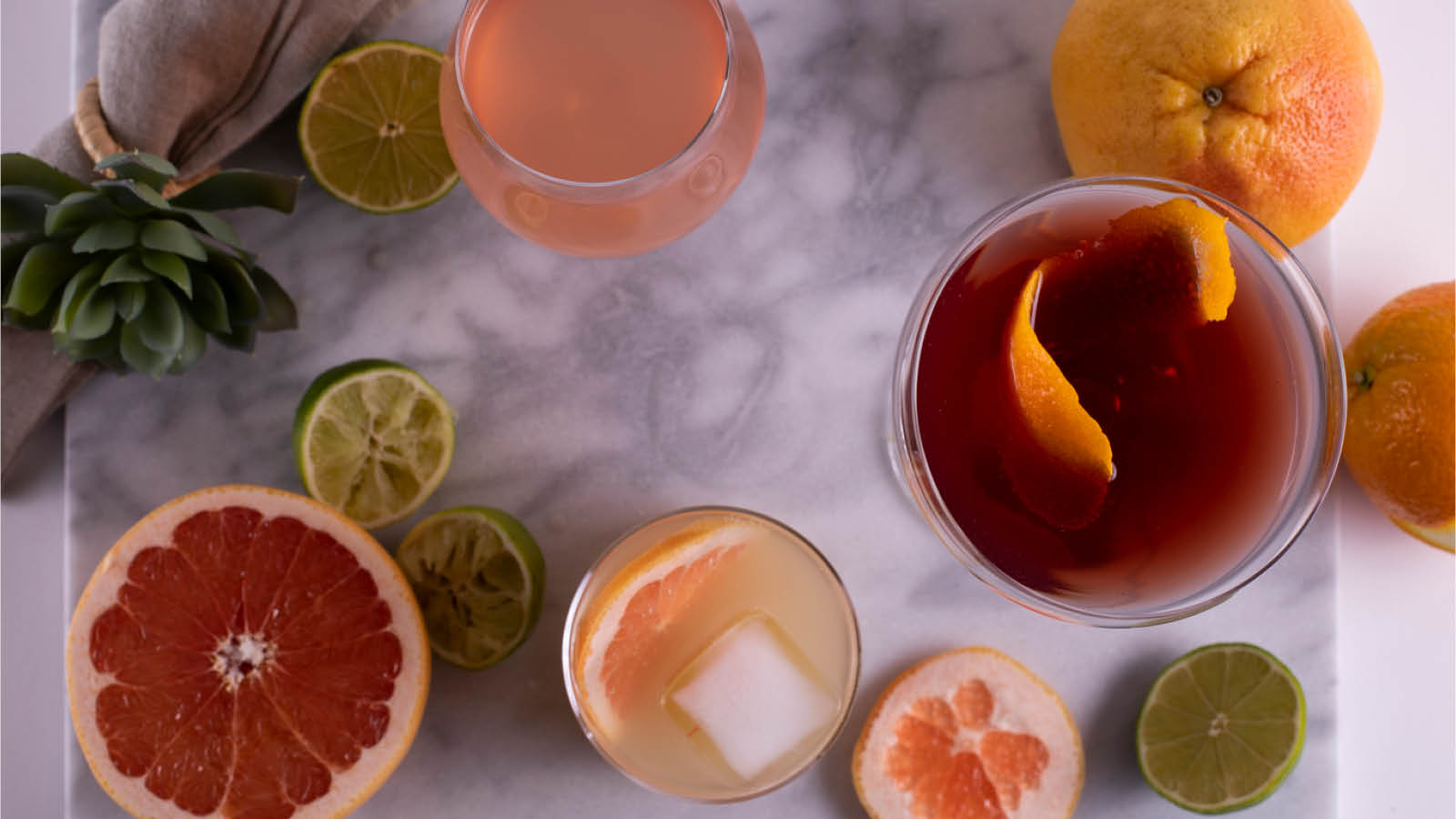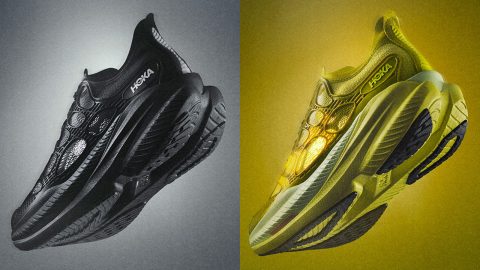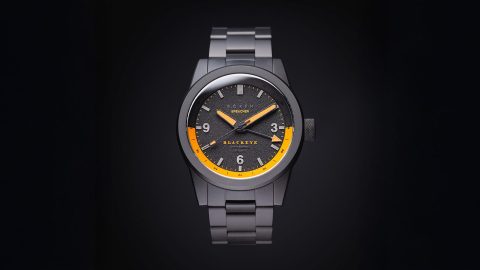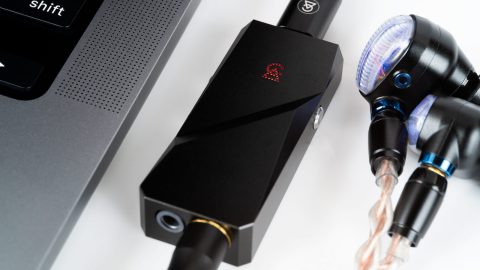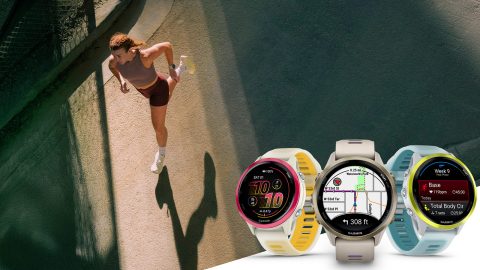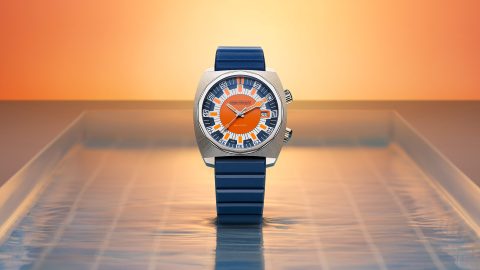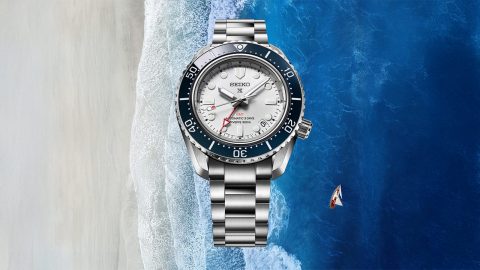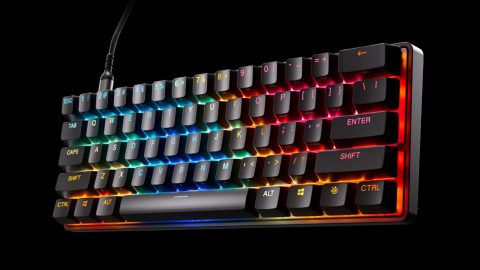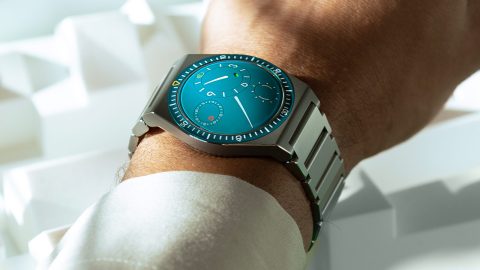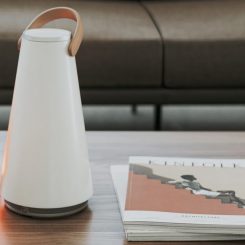Lots of people think mezcal is a type of tequila, but it’s actually the other way around. Mezcal is the term used for any liquor made from agave; tequila can only be made from blue agave. So why is mezcal only now breaking onto the international scene? And why should anybody care?
“Mezcal” comes from the Aztec word Mexcalli which in turn is mash up of two words: metl, meaning “agave”, and ixcalli, meaning “cooked”. So, mezcal is essentially a liquor made from cooked agave.
A Quick Shot
- Proof: 110
- Calories Per Ounce: 64
- Big-Name Brands: Del Maguey, Sacrificio, Montelobos, Casamigos, Xicaru, Monte Alban
- Classic Cocktails: Ask again in five or ten years
- Famous Song: “Don’t Mess with Mezcal” – Paul Orta
- Did You Know? The worm (really an insect larva) you see in tequila in movies is just a marketing gimmick and it’s actually more commonly found in non-tequila mezcal. Also, don’t eat it.
A Brief History of Mezcal
Mezcal dates back some 400 years to the first Spanish conquerors who arrived in Mexico bearing distillation techniques and trouble. The agave plant was already widely used throughout the region in everything from religious rituals to everyday trade. Soon, though, the Spanish lost access to the sugarcane and grapes they were used to fermenting and started looking for an alternative. Agave won, though it took some time to figure out how to create a high-alcohol beverage from the spiky plant.
And potent it was. Early mezcal was so rough-and-tumble it gained a reputation for knocking people off their feet — literally
Production, Taste, and Trends
There are technically 11 types mezcal, each named for the species of agave necessary to make it. Here are the five most common:
- Espadín: Most mezcal on the market falls into this category — a whopping 90%, in fact. Mezcal espadin is closely related to blue agave making this the most recognizable variety and the closest spirit to the tequila you already know and love.
- Tobalá: Rare, because of scarcity in the wild and pollination difficulties. It’s complex yet fruity with some minerality and delightfully expensive.
- Tobaziche: An herbaceous take on mezcal. Just as rare as tobalá and just as expensive.
- Tepeztate: Made irregularly as the wild-harvested agave takes a staggering 30 years to mature. Heavily perfumed and almost musky in taste and aroma.
- Arroqueño: Layered and intense, with flavors ranging from floral to vegetable to spicy to chocolate.
Traditional production methodology involves building in-ground wood-fired pits to roast the agave, grinding the semi-fermented pulp and mixing it with water, then boiling and distilling the resulting mash in small copper pots. Only the heart of the agave plant, or piña, is used.
Mezcal may be sold unaged (abacado), aged in wood for two to eleven months (reposado), or aged in wood for at least twelve months (añejo).
While “smoky” is the go-to word when describing mezcal, that only scratches the surface and can even be a bit misleading. Mezcal isn’t like sticking your head in a campfire but rather tasting the elements you might use that fire to cook: roasted coffee beans, dried chiles, roasted bell pepper. There’s some leather and funk, not unlike what you’d find in a good old-world Syrah, and you might find other earth flavors like slate, stone, and soil. There’s fruit to be found, too, often tropical kinds like papaya and mango.
While “smoky” is the go-to word when describing mezcal, that only scratches the surface and can even be a bit misleading.
There are some specialty mezcals on the market. One of the most visible is mezcal de pechuga which tends to show up around the holidays. Imagine a strong liquor infused with Christmas flavors like plum, apple, clove, and cinnamon. Then imagine distilling that liquor through raw poultry* that’s hung above the vat during so that it slowly cooks and drips its fat and juices back into the mix. That’s pechuga, and if you’re brave enough to try it, you may be surprised how much you like it. You may also be surprised how much it costs — expect to pay north of $80 for your chicken booze.
*There are supposedly versions of mezcal made using venison, too, but that’s a discovery best left to another day. And another drinker.
Try It: Three Mezcal Recipes
Given mezcal’s rather newfound popularity, it’s hard to find classic cocktails to try. Instead, we rely on the genius of talented mixologists to turn this liquors smoky deliciousness into drinks you’ll want to make today, tomorrow, and for years to come.
The Palomaesque Cocktail
Scott Baird of Berkeley’s Comal created this riff on the classic Paloma featuring a decided non-traditional twist.
- 1 ounce smoky mezcal
- 1 ½ teaspoons honey
- 1 ½ ounces Cocchi Americano
- 1 ounce fresh grapefruit juice
- ½ ounce fresh lime juice
- Pinch of salt
- 1 ½ ounces seltzer
- ½ grapefruit wheel (optional, for garnish
Check out Food & Wine for detailed instructions.
Calebassito Cocktail
This cocktail is summer in glass with a side of spice and without being too frothy or frivolous — just what you want when you want to relax poolside and still sip like a gentleman.
- 1 ½ ounces mezcal espadín
- 2 ounces watermelon juice
- ¼ ounce Strega
- ¼ ounce fresh lime juice
- 2 pinches cardamom
- 2 pinches black lava salt
- Ginger ale
- Extra cardamom for garnish (optional)
Head over to Imbibe for instructions.
Mezcal Martinez
Talk about a sophisticated tipple… this cocktail is smoky with a twist of citrus and hint of sweetness. If you usually order a Manhattan or Negroni, you’ll probably like the Mezcal Martinez.
- 2 ounces Fidencio Clasico Mezcal
- ½ ounce Carpano Antica Formula Sweet Vermouth
- ½ ounce Cynar
- ¼ ounce Luxardo Maraschino Liqueur
- Orange peel for garnish
For full instructions, head over to Saveur.

